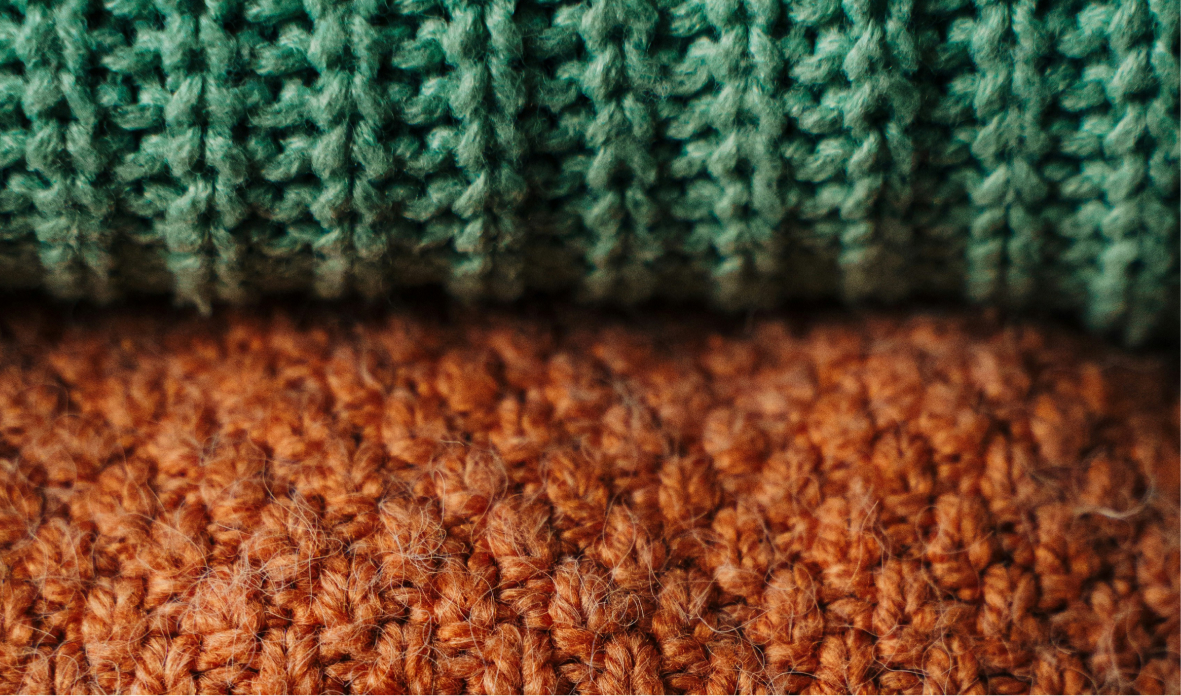How to choose sustainable flowers

Join the community





A vase full of flowers is a beautiful way to bring the outdoors in. Just like with the fruits and vegetables we eat, there are more sustainable options for the flowers we choose to buy.
Whether you’re buying flowers at the grocery store, your local florist, or for online delivery, here’s what to look for the next time you’re shopping for flowers.
Locally Grown Flowers
Flowers that are locally grown and in season tend to have lower emissions since they don't require long-distance transportation. Local flower farms can also employ more sustainable practices and have a smaller carbon footprint.
Native Flowers
Choosing native flowers can help support local ecosystems and biodiversity, as well as reduce the need for intensive cultivation practices.
Organic and Sustainable Farming
Flowers that are grown using organic and sustainable farming practices often have lower emissions. These practices can include reduced use of synthetic fertilizers and pesticides, which can contribute to emissions.
Low-Energy Greenhouses
Some cut flowers are grown in energy-efficient or low-energy greenhouses that are designed to reduce emissions associated with heating, cooling, and lighting.
Minimal Packaging
Choosing flowers with minimal packaging and avoiding excessive plastic wrapping can help reduce emissions associated with packaging materials.
Durable Varieties
Some types of flowers are hardier and have longer vase lives, meaning they can be enjoyed for a longer period of time, potentially offsetting emissions related to frequent replacements.










.png)


